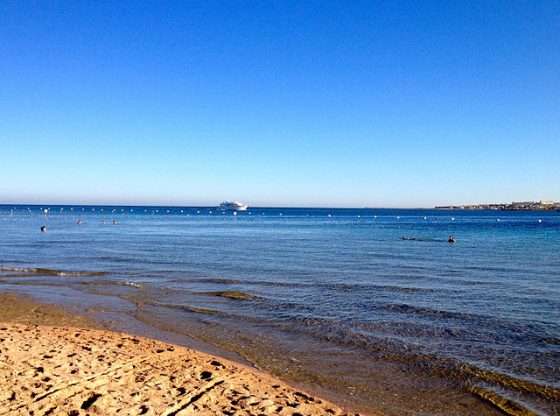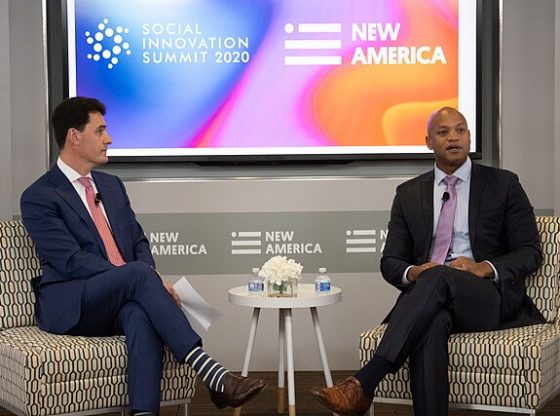Global shipping has been thrown into disarray by attacks from Iran-backed Houthi militants in the Red Sea, adding expenses and travel time to freight companies which will eventually be passed down to American consumers, according to experts who spoke to the Daily Caller News Foundation.
The number of weekly transits traveling through the Suez Canal and Red Sea has dropped 42% over the last two months, with the route typically being responsible for around 12% of global trade, according to the United Nations Conference on Trade and Development. Extra expenses due to the disruptions have led to higher shipping costs across multiple factors for freight companies, which will ultimately be passed down to consumers, leading to higher prices and greater inflation, experts told the DCNF.
“By any number of measures, avoiding the Red Sea has been costly to shippers,” Peter Earle, an economist at the American Institute for Economic Research, told the DCNF. “The initial attacks led to a spike in shipping insurance (in at least one case, by tenfold) and concerns about the safety of crews and equipment, which resulted in several carriers shifting to the route around the Cape of Good Hope. Others followed. Because that course is at least twice as long — 10,000 to 12,000 nautical miles versus 4,000 to 5,000 nautical miles — there are two other knock-on effects driving up costs.”
Many shipping companies are instead sending their routes around the Cape of Good Hope in South Africa, adding around ten days to travel times and requiring more fuel and greater labor expenses, according to Reuters. The resulting need for fuel is expected to add $1 million in extra expenses for every round trip between Asia and Northern Europe.
“First and most obvious, more fuel consumed, more crew time, more support required, etc.,” Earle told the DCNF. “The second is that with shipping containers spending longer on ships, certain ports have reported shortages, which drives up their prices on shipping exchanges… Those increases are hitting shippers, who are passing them on to manufacturers and other shippers and are on their way to consumer (end) prices — if they haven’t reached them already.”
Ships using the Red Sea also now need specialty war risk insurance, which has increased fiftyfold since the attacks began, now equating to around 0.7% to 1% of the value of the ship, according to The New York Times. Tankers carrying fuel are especially wary about traveling through the Red Sea due to the explosive nature of their cargo, threatening energy prices.
“A number of auto manufacturers, including Volvo and Tesla, have indicated that they will suspend production for anywhere from a few days to a few weeks in order to avoid having orders get backed up waiting for transport,” Earle told the DCNF. “If the disruptions continue, there will be a broad rise in prices at the consumer end for any good that has incurred substantially higher shipping costs.”
American electric vehicle company Tesla as well as automaker Volvo paused some of their production in Europe due to an inability to get necessary components for manufacturing, signaling that other companies may face the same fate as the shipping issues persist, according to Reuters. A lack of production would put constraints on the supply of goods for consumers, raising prices and contributing to inflation increases.
The Red Sea is also along a key energy corridor, with large amounts of oil and liquified natural gas traveling through the Suez Canal, most recently leading to various fluctuations in energy prices, according to Reuters. Increases in the cost of energy not only increase prices at the gas pump but also permeate throughout the economy due to the need for energy during manufacturing and production.
Nearly 4 million tons of grain have also been diverted from the Suez Canal since the attacks began, with around 7 million metric tons typically traveling through the route, according to Reuters. The diversion has the potential to raise global food prices as shipping costs increase.
“The situation with the Red Sea is important,” Desmond Lachman, a senior fellow at the American Enterprise Institute, told the DCNF. “That is why we are seeing strong action by the U.S. and the U.K. against the Houthis to ensure that shipping is not disrupted. They realize that a blockage of that passageway would constitute an unwelcome inflationary shock to the world economy.”
In an attempt to alleviate risks in the Red Sea, the U.S. has established Operation Prosperity Garden, targeting the Houthi rebels in Yemen. The U.S. and the United Kingdom have since launched an attack targeting an underground storage site where drones and missiles were being housed, while also deflecting missile attacks toward ships.
“I think that it will take time before those increases are passed onto the consumers,” Lachman told the DCNF. “I expect that companies will wait to see if this is a permanent or a transitory phenomenon, and they will also want to see if it gets any worse.”
Global shipping is also facing increased costs from a severe drought in the Panama Canal, another widely used shipping passage in the Americas, according to The Associated Press. Panamanian authorities have had to cut the number of ships allowed through the passage by 36%, forcing them to go around the southern tip of South America or wait to be let through the canal.
“The issues in the Panama Canal involve a drought, resulting in fewer vessels being able to travel through,” Earle told the DCNF. “Typically, some 90 to 100 ships pass through the canal each week, but the lower water levels have reduced that number to between 40 and 50. There are now auctions being conducted for places in line, and some shipping firms have bid well over $1 million USD to move up in the queue. That cost will undoubtedly end up hitting consumers.”
Will Kessler on January 27, 2024












